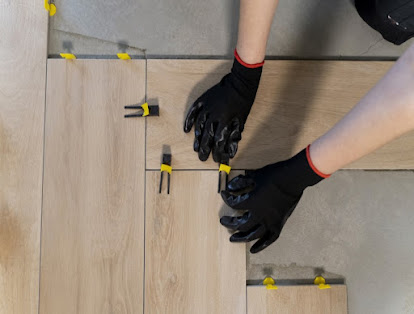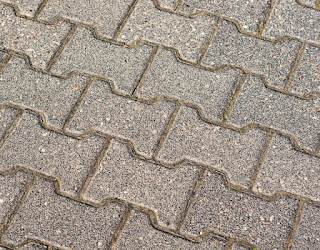The Timeless Elegance of Commercial Dovetail Joint Flooring
In the world of interior design, some elements stand the test of time, and dovetail joint flooring is a prime example of enduring elegance. With its rich history, impeccable craftsmanship, and remarkable versatility, dovetail joint flooring continues to captivate designers and business owners alike. From its humble beginnings to its current role as a symbol of luxury and sophistication, let’s explore the enduring charm of dovetail joint flooring in commercial settings and how it has seamlessly adapted to meet modern design needs.
The History and Craftsmanship of Dovetail Joint Flooring:
Dovetail joint flooring has its roots deeply embedded in the past, dating back centuries to ancient Chinese and Egyptian civilizations. Craftsmen of old recognized the strength and stability of interlocking wood pieces, leading to the development of the dovetail joint – a method of joinery that resembles the shape of a dove’s tail, hence the name. This intricate joint involves flaring the ends of two pieces of wood and fitting them together precisely to form a secure bond without the need for nails or adhesives.
Throughout history, dovetail joint flooring was primarily used in esteemed establishments like palaces, castles, and high-end residences, where exquisite craftsmanship and longevity were valued above all else. Over time, this classic wood flooring technique made its way into churches, libraries, and other notable buildings, further cementing its reputation as a symbol of luxury and prestige.
Evolution to Meet Modern Design Needs:
As the world of design evolved, so did the application of dovetail joint flooring. While it remained a hallmark of traditional luxury, craftsmen and designers began exploring new ways to incorporate this timeless technique into contemporary commercial spaces. With advancements in manufacturing and woodworking technology, dovetail joint flooring became more accessible, allowing it to grace the floors of modern establishments without compromising its authenticity.




Comments
Post a Comment